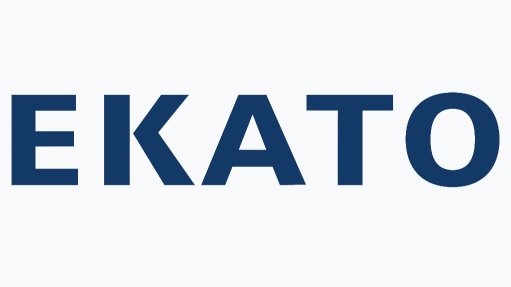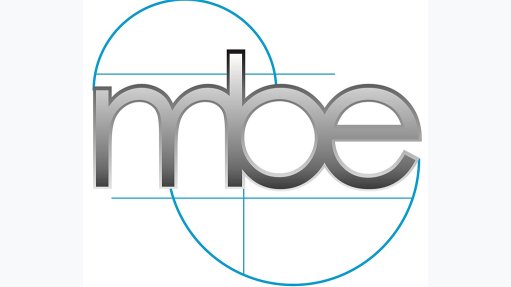Hitting SA’s economic challenges head-on
I write this column at a time of celebration. 32-12. Need I say no more? Capturing the English psyche on the day, the advertised prime-time programme is about that ‘unsinkable ship’ – the RMS Titanic. As this year’s Rugby World Cup final reminded the favourites, the sinking of the Titanic has long been a cautionary tale about the dangers of hubris, which means excessive pride or self-confidence. The prime-time programme is titled 10 Mistakes that Sank the Titanic, which begs the question: What sank the Titanic? Before shouting out the answer, it might well not be what you might think it to be.
What you might not know, as it was a recent discovery, is that the Titanic was on fire even before it set off on its maiden, and what would be its final, voyage. There was a coal fire blazing in its bowels.
So, what exactly sank the Titanic? The fire or the ice? Or both? As the programme title suggests, it was not a singular event or action – it took ten mistakes. But, surprisingly, these mistakes had to occur consecutively. Had these mistakes occured individually or out of sequence, the name Titanic would not be resonating with us the way it does. It would be but another ship that sailed the Atlantic Ocean, and its demise would have been the result of being decommissioned from service.
Had the Titanic’s first officer, William Murdoch, decided not to dodge the iceberg and hit it head-on instead, the Titanic would in all likelihood have survived, even though it would have incurred serious damage. It would not have sunk, it would have suffered substantive damage, it might well have limped into port, but it would be repairable and would have remained in service.
This made me think of the Medium Term Budget Policy Statement 2019, delivered by Finance Minister Tito Mboweni on October 30 and question why the South African government is not hitting its economic iceberg – economic challenges – head-on. Evidently, government seems to be trying to dodge its economic challenges rather than hit them head-on. If you want to be technical, there are two economic challenges, which the Finance Minister identified as low growth and State-owned electricity utility Eskom, which he described as South Africa’s biggest economic risk.
It is quite evident that the South African economy is on fire – the fire is blazing in the bowels and weakening its hull. Government does not have the luxury of trying to navigate through its own economic turbulent waters and icebergs. It needs to sail straight on.
Mboweni said: “Government proposes a path to restore public finances to a sustainable position. This will mainly involve a range of expenditure reductions, some of which are likely to be painful.” This can be summarised in two words – ‘austerity measures’. The best generic definition is from Wikipedia, which states: “Austerity is a set of political-economic policies that aim to reduce government budget deficits through spending cuts, tax increases, or a combination of both. Austerity measures are used by governments that find it difficult to pay their debts. The measures are meant to reduce the budget deficit by bringing government revenues closer to expenditures, which is assumed to make the payment of debt easier. Austerity measures also demonstrate a government’s fiscal discipline to creditors and credit rating agencies.”
What is missing from the broad-brush strokes of the Finance Minister? He said the path to a sustainable position “will mainly involve a range of expenditure reductions”, but, critically, omitted tax increases. So, who is going to make the sacrifice?
Perhaps the answer lies in the business fable, The Chicken and the Pig, which is about commitment to a cause. In a bacon-and-egg breakfast, what is the difference between the chicken and the pig? The chicken provides the eggs and is involved, while the pig makes the ultimate sacrifice – that is committing.
Expect government to be involved in austerity and the public – you and I – to commit to it.
Article Enquiry
Email Article
Save Article
Feedback
To advertise email advertising@creamermedia.co.za or click here
Comments
Press Office
Announcements
What's On
Subscribe to improve your user experience...
Option 1 (equivalent of R125 a month):
Receive a weekly copy of Creamer Media's Engineering News & Mining Weekly magazine
(print copy for those in South Africa and e-magazine for those outside of South Africa)
Receive daily email newsletters
Access to full search results
Access archive of magazine back copies
Access to Projects in Progress
Access to ONE Research Report of your choice in PDF format
Option 2 (equivalent of R375 a month):
All benefits from Option 1
PLUS
Access to Creamer Media's Research Channel Africa for ALL Research Reports, in PDF format, on various industrial and mining sectors
including Electricity; Water; Energy Transition; Hydrogen; Roads, Rail and Ports; Coal; Gold; Platinum; Battery Metals; etc.
Already a subscriber?
Forgotten your password?
Receive weekly copy of Creamer Media's Engineering News & Mining Weekly magazine (print copy for those in South Africa and e-magazine for those outside of South Africa)
➕
Recieve daily email newsletters
➕
Access to full search results
➕
Access archive of magazine back copies
➕
Access to Projects in Progress
➕
Access to ONE Research Report of your choice in PDF format
RESEARCH CHANNEL AFRICA
R4500 (equivalent of R375 a month)
SUBSCRIBEAll benefits from Option 1
➕
Access to Creamer Media's Research Channel Africa for ALL Research Reports on various industrial and mining sectors, in PDF format, including on:
Electricity
➕
Water
➕
Energy Transition
➕
Hydrogen
➕
Roads, Rail and Ports
➕
Coal
➕
Gold
➕
Platinum
➕
Battery Metals
➕
etc.
Receive all benefits from Option 1 or Option 2 delivered to numerous people at your company
➕
Multiple User names and Passwords for simultaneous log-ins
➕
Intranet integration access to all in your organisation














